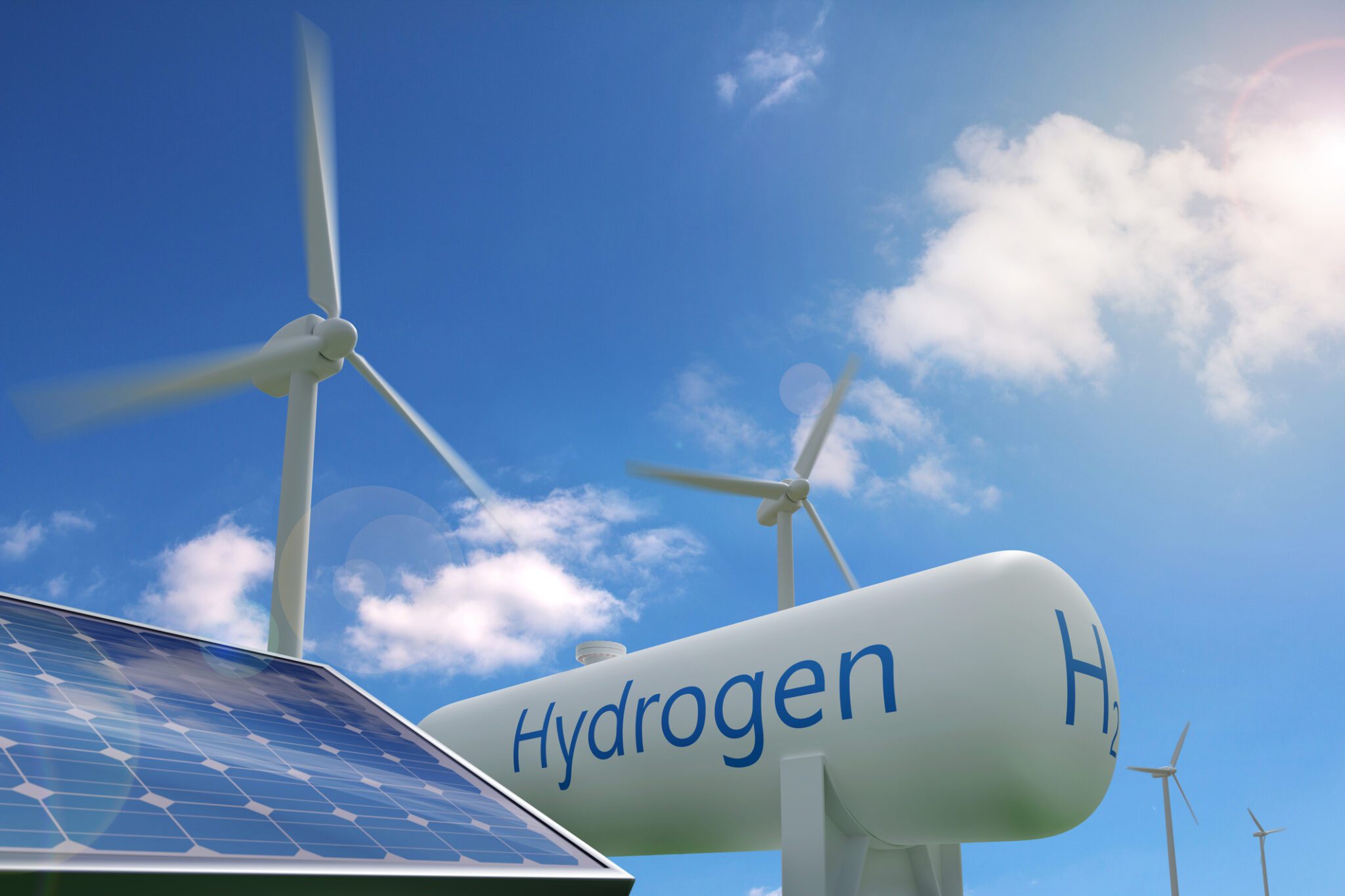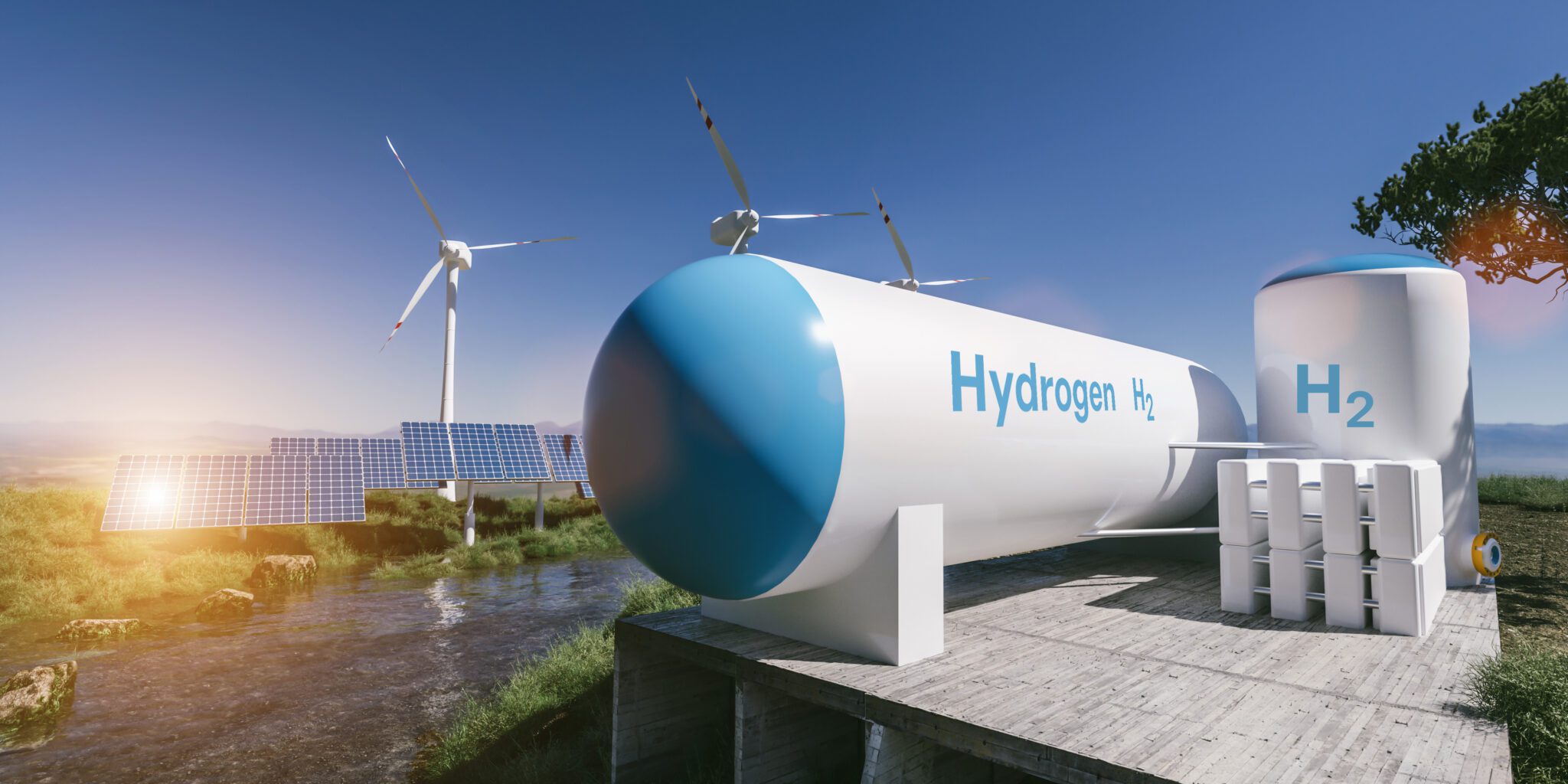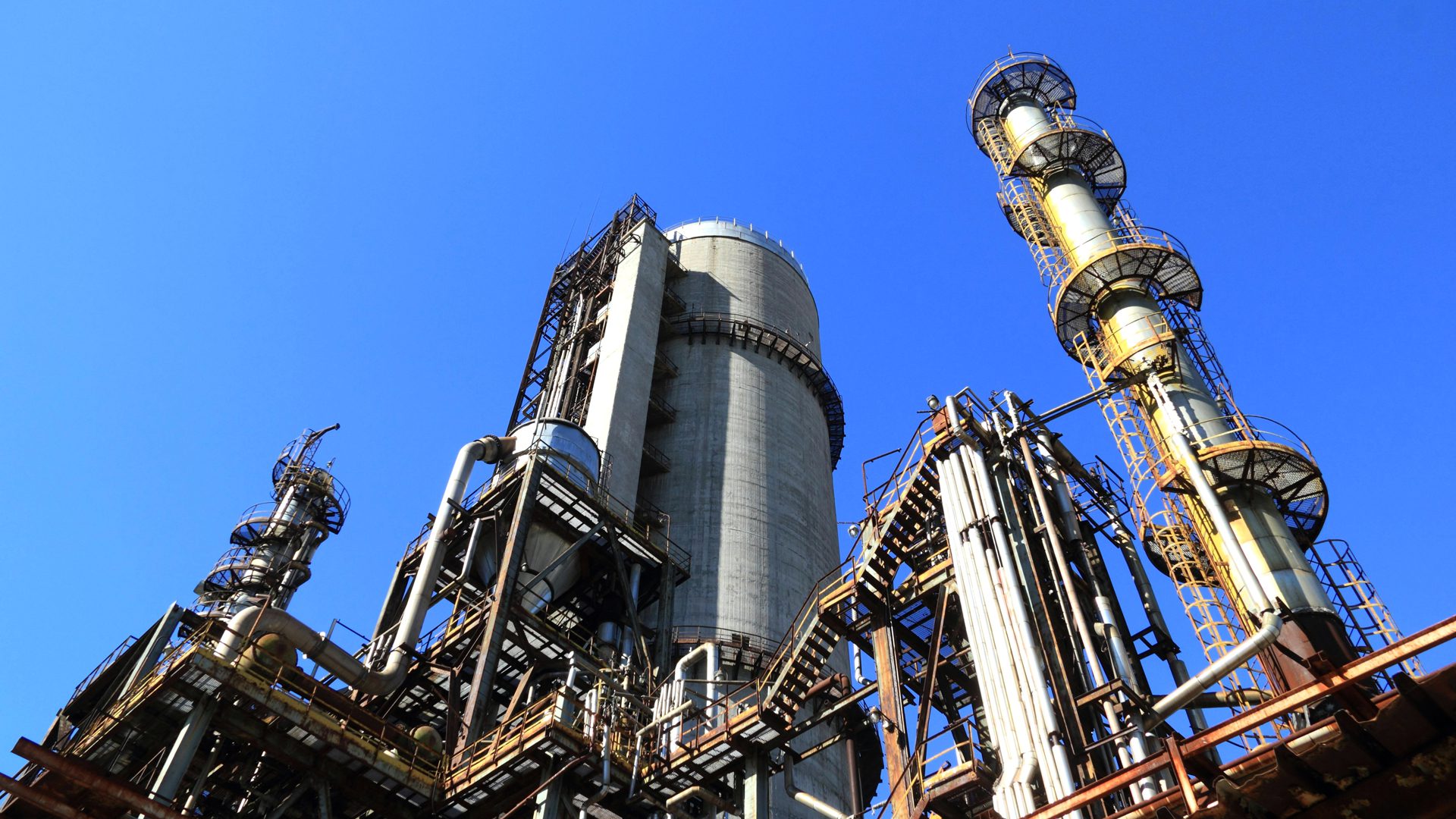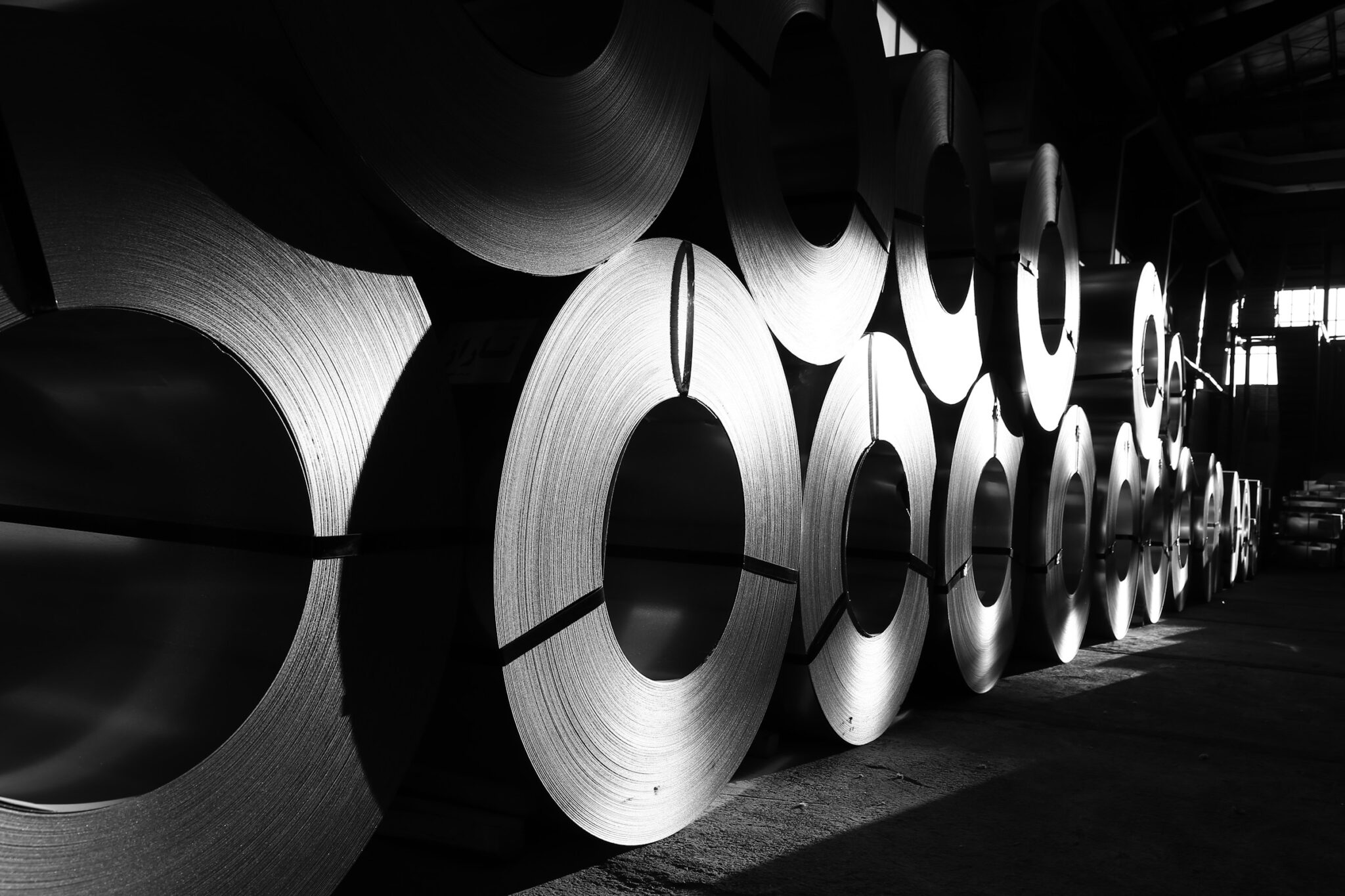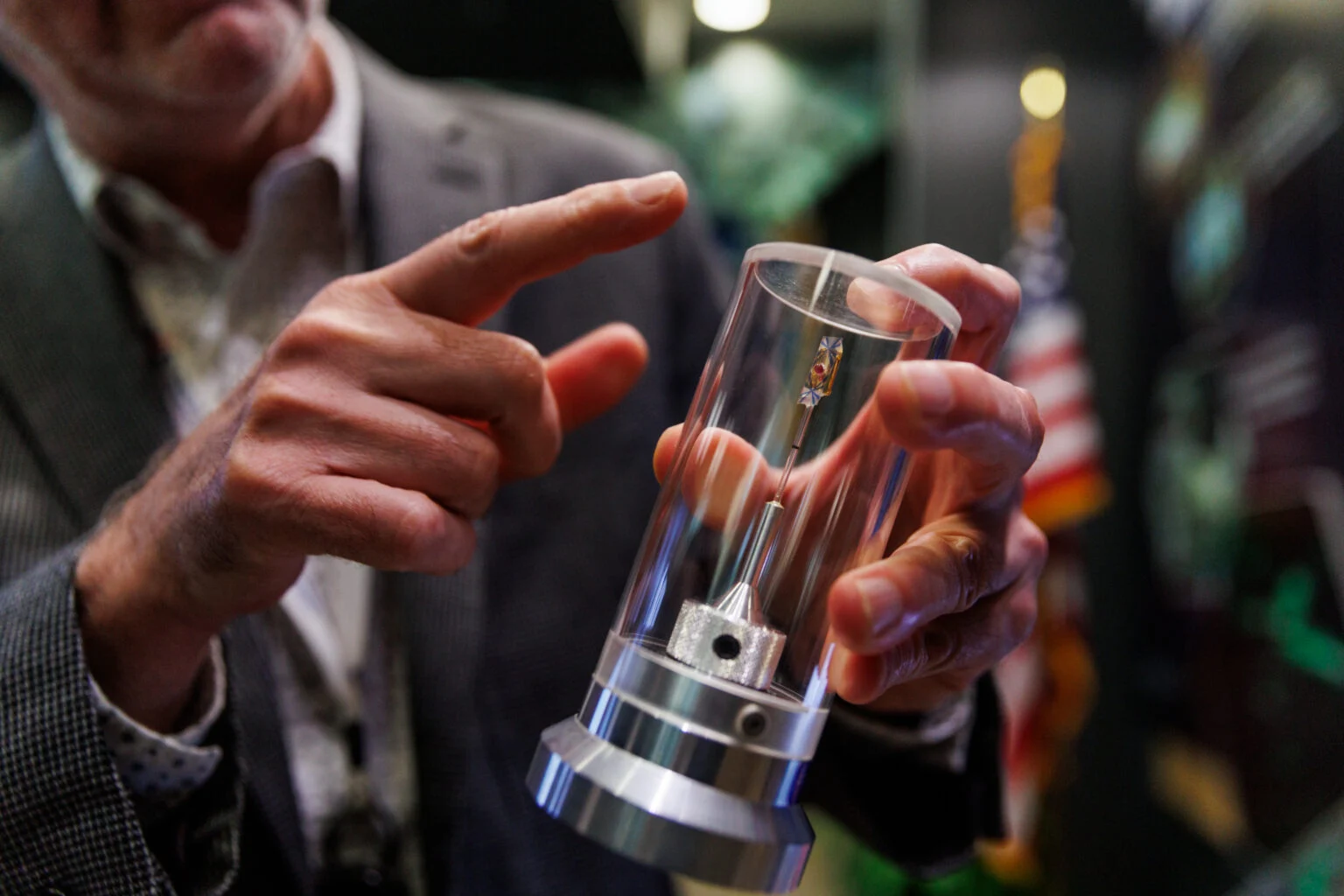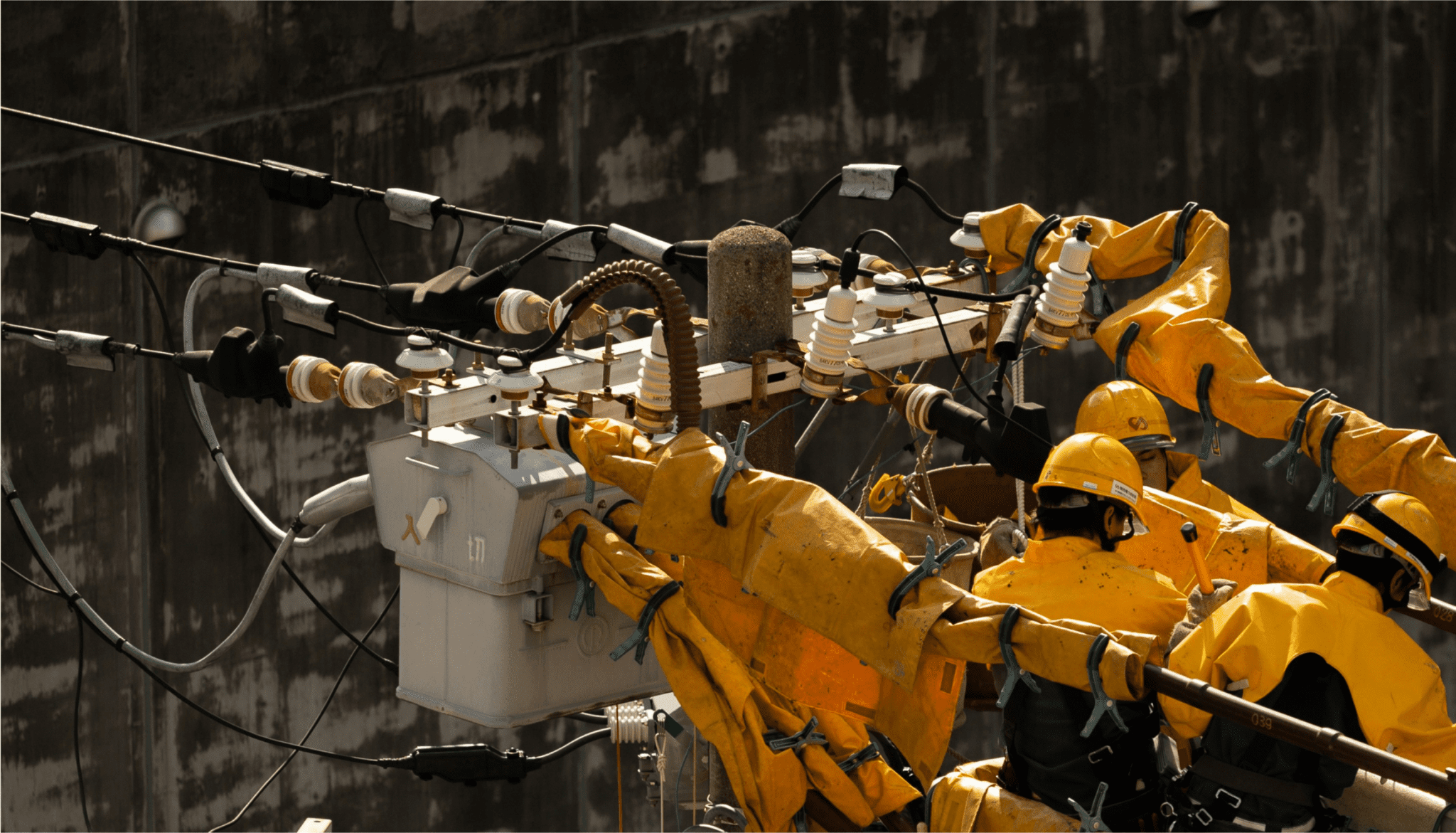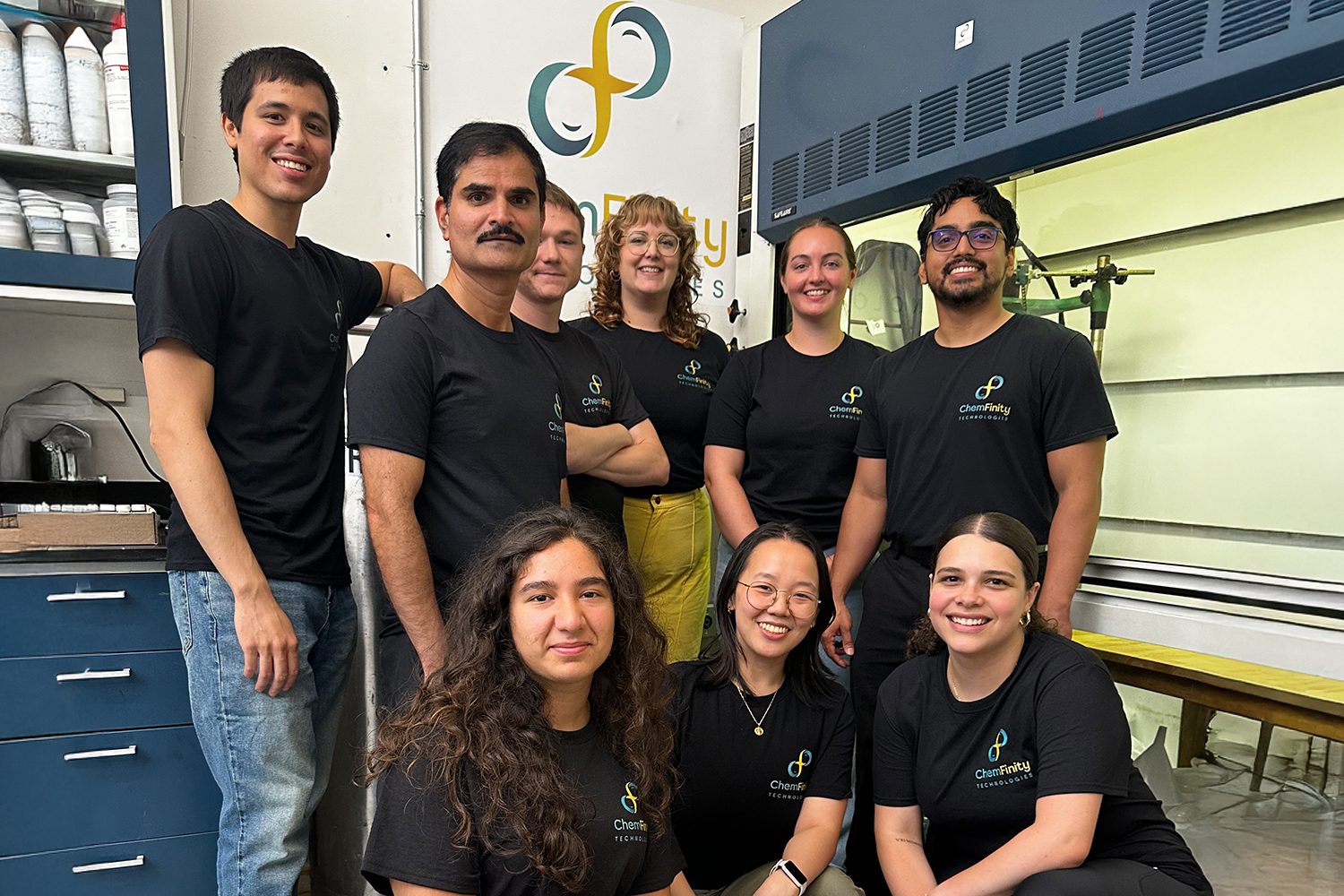Some may argue that "hydrogen" should be the clean energy word of 2023, given all the chatter this year about the versatile fuel that could help decarbonize industry, agriculture, and transport. Much of that chatter has focused on the clean hydrogen tax credit in the Inflation Reduction Act, or 45V as it’s known in the tax code. For more background on hydrogen, take a look at our five-part clean hydrogen series, unpacking its role in decarbonization, challenges to scale, what factors impact how clean it is, and how 45V will catapult its deployment.
While 45V will be transformative in ushering in new, clean ways of producing hydrogen, it’s just one piece of a much bigger puzzle. Deploying hydrogen in ways most beneficial for the clean energy transition and society will require more policies, infrastructure, and technology solutions. I touch on this more in my past newsroom. The guidelines for accessing this tax credit will importantly determine which production methods qualify and what value they will receive under the credit’s tiered framework tied to carbon intensity.
For electrolysis, a nascent electricity-based production method with potential to be near-zero emissions (sometimes called “green hydrogen”), the rules will be particularly consequential. To ensure grid-connected hydrogen projects are truly low carbon, many have called on the Biden Administration to require projects prove that the clean power used is (1) new, or “additional”; (2) delivered at the same time hydrogen is produced, or “matched” to it; and (3) from the same region as the project, or “deliverable.” Read about why this matters here.
With draft 45V guidelines from the U.S. Treasury Department expected soon, here are three key elements we’re watching:
How will the 45V tax credit treat existing sources of zero-carbon generation, like hydropower or nuclear?
A point of contention has been whether Treasury should allow electrolyzer projects powered by existing clean energy generation – such as nuclear or hydropower – to count as near-zero emission. Why does this matter? Because most grid electricity is dirty, and diverting the existing clean electricity on the grid to make hydrogen might mean other, less clean energy sources have to produce more to make up the difference.
Here’s the thing: in small amounts this diversion might not be so bad in the longer term since renewable energy is coming online faster than ever before and that will make the whole grid cleaner over time. But if large volumes of existing clean electricity are diverted before new clean resources can be built, we might jeopardize the progress we’ve made in reducing power sector emissions over the past twenty years.
How bad could it be? If all nuclear generation projected to be online in 2030 (about 95 GW) were redirected to supply the current level of hydrogen production in the US today, plus an additional 10-20% of new supply, power sector emissions would increase by 200 to 450 million metric tons of CO2 in 2030 – depending on how quickly the rest of the grid becomes cleaner. That's up to 75% more emissions associated with electricity production than otherwise projected that year.
While this is an extreme example that assumes optimal market conditions and no additional headwinds for clean hydrogen deployment, it's worth considering as we shape policies to encourage beneficial outcomes. These figures tell us that while some initial flexibility in the rules for electrolysis projects will be important to kick start first-movers, guardrails that ensure new hydrogen projects are incentivizing build of new clean power will also be necessary to avoid unintended outcomes.
Will some projects be allowed to sidestep the rules altogether, which could lock in perverse incentives?
We’re also watching for the timeline for 45V compliance, especially the key decision point around when requirements take effect to move from annual to hourly “time-matching” of clean electricity.
Because hourly tracking of emissions attributes of electricity is still new in most of the US and the intermittency of renewables means significant over-contracting will be necessary to optimize hourly matching, some have asked Treasury to phase in rules, much like the European Union did. This would allow producers to start with annual matching (which is easier to secure today and enables management of renewable intermittency) and require a shift to hourly matching later this decade.
It is important that the rules do not allow early projects to permanently forgo complying with matching or other criteria, referred to as “grandfathering.” That could lock in projects that drive up emissions on the grid. For example, if all the electrolyzer projects announced in the Rhodium-MIT Clean Investment Monitor are placed in service before 2028 and are “grandfathered”, the cumulative power sector emissions resulting from them between 2024 and 2035 could be 3 to 4 times higher than if they had to meet these requirements beginning in 2028. It would be bad tax policy to reward hydrogen producers who are not shifting towards cleaner processes with an indefinite free pass.
At the same time, the rules should provide a level of visibility and predictability to facilitate execution of long-term renewable supply agreements and accelerate project deployment. To avoid uncertainty that hinders investment and project development, it’s most important that Treasury set a clear and reasonable timeline for enforcing a phase-in. Markets are efficient at adapting to new rules when given enough of a head start. This is especially true when doing so grants access to a lucrative tax credit.
How will the rules address potential transmission constraints between hydrogen projects and procured clean electricity?
It may seem that new clean generation that matches electrolyzer operation hour by hour is sufficient to be considered emissions-free. However, the U.S. operates three largely disconnected grids, and even within a single grid, transmission constraints can often limit the ability for clean electricity to be “delivered” to a distant point of demand. If procured clean electricity is not deliverable, an electrolyzer could in some cases end up running on more local, higher-emitting generation. One way to address this problem is to require clean electricity procurement to occur within the same region as the hydrogen project, where transmission constraints are limited. We'll be looking for regional matching in the final guidance, and we hope it focuses attention on a broader issue as well: the critical work of building a modern connected grid that will serve as the backbone of economy-wide decarbonization.
Conclusion
Truth be told, the byzantine details of this credit should not distract us from what really matters, which is that the release of 45V guidance will give companies the certainty they need to get moving. With the draft rule finally out in the public, project developers —who need to spend significant at-risk dollars and time to develop the projects – will have predictability, clarity, and a set timeline. Getting the rules out so project developers know what to expect and by when will help propel the clean hydrogen industry more than any single element of this rule. In the coming years 45V will help hundreds of projects demonstrate the potential for clean hydrogen to transform the energy system. And that, in itself, is something worth getting excited about.
(Note: The referenced emission scenarios are preliminary results from forthcoming Rhodium Group analysis.)

